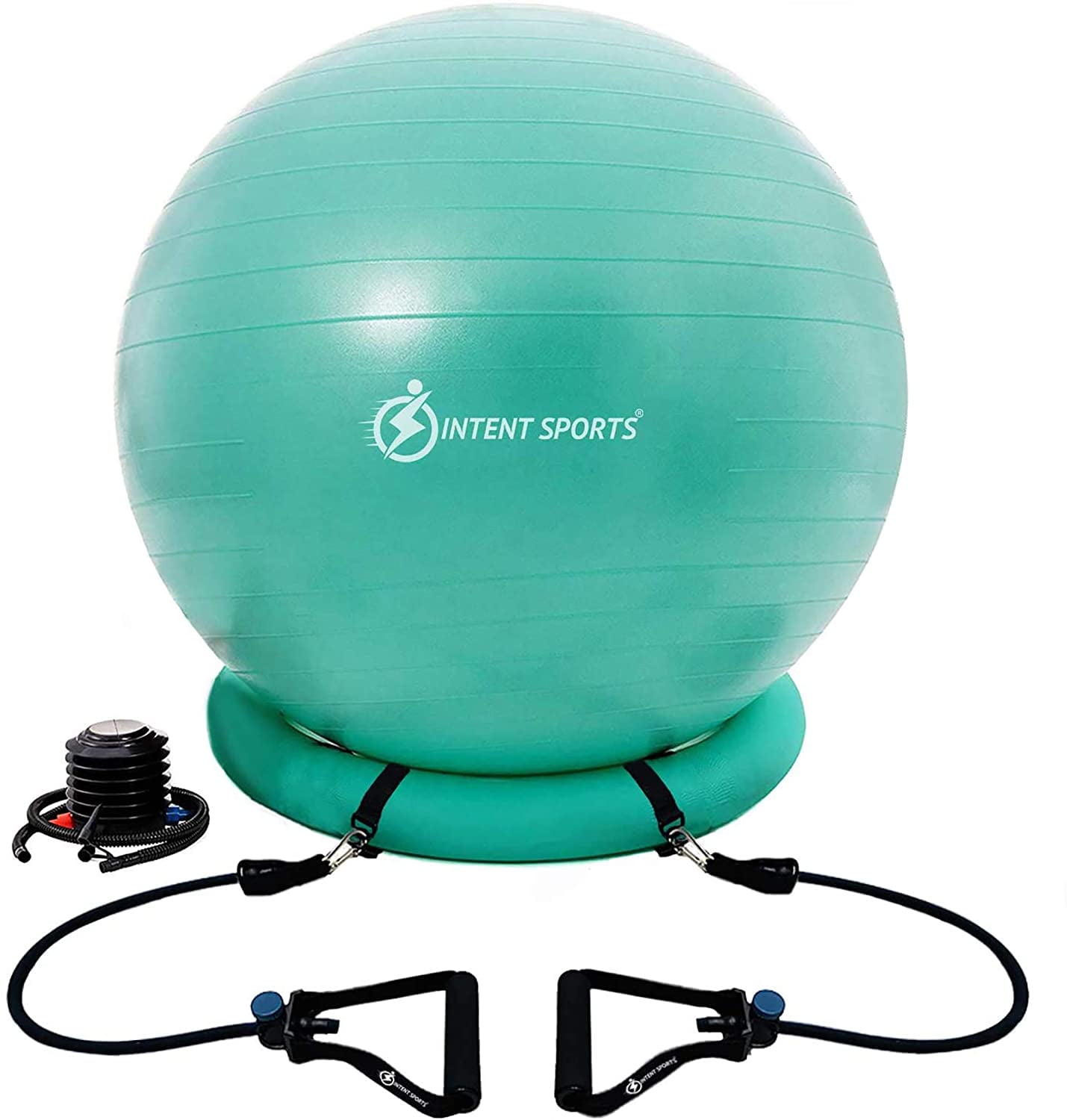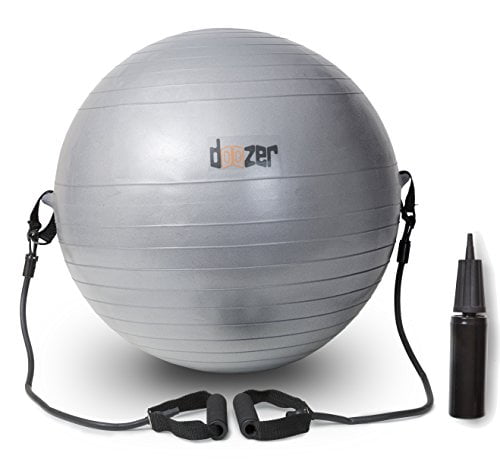

Note that home-use devices may not be as strong as their professional counterparts. In some cases, you may be able to purchase one without a prescription. They may be used by primary care doctors, orthopedic surgeons, physical therapists, and chiropractors.ĭepending on the condition being treated, a doctor may also prescribe a PEMF device for at-home use. Traditional PEMF devices often come as full-body mats you lie down on during a therapy session. For example, this might be caused by using the device too often or using it at too high of an intensity.Īs such, a healthcare professional will likely recommend shorter, more frequent, and low intensity sessions to start. It’s important to know that in some cases, PEMF therapy could worsen pain rather than improve it. which electromagnetic frequencies and strengths to use, such as low or high intensity.However, to date, these benefits aren’t backed by research.ĭepending on your condition, a doctor will make specific recommendations for using PEMF therapy, including: Manufacturers behind various PEMF devices also advertise benefits such as improved mood, better sleep, and anti-aging effects. In addition, researchers are looking at PEMF as a possible treatment option for bladder and pelvic pain. It also has potential as a way to improve mobility and pain related to surgeries. PEMF may also be used to reduce pain related to cancer treatments and fatigue related to multiple sclerosis. Primarily, PEMF therapy has been used in the treatment of acute pain from injuries, osteoarthritis, and chronic low back pain. doi:10.1016/j.midw.2013.04.Who is a good candidate for PEMF therapy? Effects of a stability ball exercise programme on low back pain and daily life interference during pregnancy. RAAAF's office landscape The End of Sitting: energy expenditure and temporary comfort when working in non-sitting postures. Changing the way we work: elevating energy expenditure with workstation alternatives. Tudor-Locke C, Schuna Jr JM, Frensham LJ, Proenca M. Influence of automobile seat lumbar support prominence on spine and pelvic postures: a radiological investigation. Lumbar posture and muscular activity while sitting during office work. Unstable sitting in the workplace-are there physical activity benefits?. The effect of active sitting on trunk motion. The effect of sitting on stability balls on nonspecific lower back pain, disability, and core endurance: a randomized controlled crossover study.

Poirier Elliott TL, Marshall KS, Lake DA, Henderson Wofford N, Davies GJ.

Energy expenditure and muscular activation patterns through active sitting on compliant surfaces. Sitting on stability balls: biomechanics evaluation in a workplace setting. Schult TM, Awosika ER, Schmunk SK, Hodgson MJ, Heymach BL, Parker CD.


 0 kommentar(er)
0 kommentar(er)
